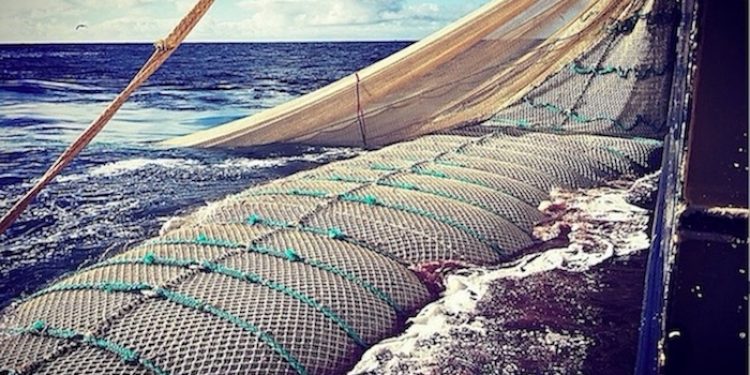There is heavy fishing on blue whiting in Faroese waters at the moment, with Faroese, Icelandic, Russian and Norwegian vessels all fishing there, as the fish appear to have migrated out of EU waters and into the Faroese zone.
There is nothing unusual about pelagic vessels fishing up in one or two days, although care has to be taken with the catch as blue whiting is delicate raw material. According to Síldarvinnslan in Iceland, which operates several fishmeal plants on the east coast, the fish does not keep well once it has been landed. The company’s plants at Neskaupstaður and Seyðisfjörður have a combined capacity of around 2500 tonnes per day, which is well below the capacity of the fleet landing to them, so this makes it important to manage fishing and processing as a combined operation
Síldarvinnslan’s factory managers, Gunnar Sverrisson in Seyðisfjörður and Hafthór Eiríksson in Neskaupstaður, report that production is going well, but every effort is made to process catches as soon as possible after discharging.
The Seyðisfjörður plant has taken delivery of 3000 tonnes from Beitir at the beginning of this week, and before that Margtét and Vilhelm Thorsteinsson had each landed 2100 tonnes. The Neskaupstaður factory has taken 2100 tonnes from Vilhelm Thorsteinsson, prior to which Börkur had landed 2330 tonnes and Bjarni Ólafsson had brought 1830 tonnes.
At the Havsbrún factory at Fuglafjörður in the Faroe Islands, Høgaberg landed 2000 tonnes, followed by Nýborg with1200 tonnes. Tróndur í Gøtu brought 2500 tonnes, followed by Christian í Grótinum with 2500 tonnes and Tummas T with 1500 tonnes.
With a long queue to land catches in Fuglafjörður, Fagraberg steamed to Denmark to land 2600 tonnes of blue whiting in Skagen before heading back to fishing grounds in Faroese waters.









